Two years almost to the day since launching its disastrous Double the Difference price comparison website, Tesco re-entered the price comparison battle this week with all guns blazing.
A cross-media marketing campaign announced Tesco’s Price Promise just in time to counter the Chancellor’s latest austerity measures.
But beyond the multimillion pound ad spend, how does Tesco’s new Price Promise work? And will it be a defining moment in the price war, or open what Shore Capital analyst (and Tesco dove) Clive Black this week called “a can of worms”?
Tesco’s system, rolling out across all Metros, superstores and Extras in the UK from this week, has borrowed heavily from rivals, but aims to better them in two key regards.
Not only does it spit out vouchers at the till - instantly informing shoppers how the basket price compares with rivals - but the comparison includes own-label items, which account for 50% of the items in the average shopping basket [Kantar Worldpanel]. Asda’s long-running Price Guarantee lacks the first element and Sainsbury’s Brand Match, widely credited with boosting its fortunes since its launch in October 2011, covers only branded goods.
The Price Promise won’t have come cheap. Developed in-house, using web-scraping technology combined with Tesco’s in-store EPos terminals, experts put the cost in the millions and Tesco minions will also be required to perform twice-weekly undercover pricing checks in Morrisons stores.
And while stipulating a minimum basket of 10 items, Tesco will pay out up to £10 if the bill is more expensive than any of its big four rivals, and the promise also covers bogofs.
But while setting the system apart, it is the offer to price match against own-label products that could be Tesco’s Achilles’ heel.
“The extra complications and potential for this to go wrong are quite mind-boggling,” says one expert in the field. “I would estimate it’s more than double the work once you include own label, and the reality is there is a huge amount of risk.”
While it is still early days, a number of analysts already claim to have identified glaring holes in the system - and that is before the social network brigade and money-saving websites examine the system for kinks and flaws.
Tesco’s solution to tricky comparisons has involved liberal use of the initials N/A, with early evidence suggesting the retailer is being forced to describe up to a third of items in a basket as not applicable for comparison at one or more rival.
How they compare
Tesco Price Promise
The deal: Difference paid (up to £10) if not cheapest on basket of at least 10 items
Compares: Asda, Morrisons, Sainbsury’s
USP: own label included
Drawback: up to a third of products reported as N/A
Sainsbury’s Brand Match
The deal: Difference paid (up to £10) if not cheapest on basket costing at least £20
Compares: Asda, Tesco
USP: instant voucher at till is separate
Drawback: 12,000-brand limit
Asda Price Guarantee
The deal: Consumer receives difference if basket is not 10% cheaper (max £100 a month)
Compares: Morrisons, Sainsbury’s, Tesco
Killer app: most generous offer
Drawback: online-only redemption tests consumer patience
Incomparable
But one leading analyst was sceptical about the resulting effectiveness of the system, discovering a “surprisingly limited number of comparable items” that produced a receipt claiming no equivalent for Tesco’s 300ml carton of orange juice.
“Sainsbury’s website shows a 250ml bottle and a 330ml carton of orange juice,” he says. “It seems a stretch to say there is nothing comparable and shows the difficulties of matching private label goods.”
Other examples seen by The Grocer included pre-packed carrots, described on a receipt as not applicable for comparison at Asda, Sainsbury’s and Morrisons, and a round lettuce at Sainsbury’s and Morrisons.
“Customers will expect items like carrots, orange juice and lettuces to be comparable and I’m sure Tesco will be looking to fix that right now,” says James Foord, VP of business development at Moneysupermarket, the independent company used by Asda to calculate its APG.
“Tesco’s new scheme is the most all-encompassing offer out there if it works, but there is a danger that it will be discredited if there is so much non-comparable data that a third of items are not included.”
Tesco could potentially use different units and weight and measures to compare packs of different sizes to reduce the number of N/As but it will be desperate to avoid embarrassment after a disastrous track record in the price comparison arena.
When The Grocer revealed in November that Tesco was trialling the initiative in 38 Northern Ireland stores, with plans for a UK-wide roll-out, memories were still raw from its Double the Difference Price Check, billed as the answer to Asda’s Price Guarantee but humiliatingly pulled after just two months as gleeful consumers took advantage of arbitraging to present Tesco with vouchers worth £100 plus.
Tesco was also rapped by the ASA in 2011 for misleading shoppers even after it dropped the Double the Difference from its hastily retitled Price Check, when it quietly introduced a £20 cap on the scheme.
Memories are even fresher of the widely perceived failure of Tesco’s £500m Big Price Drop initiative, which many believe cost former UK CEO Richard Brasher his job last March.
“More than ever, in today’s economic climate we know customers want to rely on us to offer the best possible prices,” said Brasher’s replacement, new UK boss Chris Bush this week, in words eerily similar to Brasher’s introduction of the Big Price Drop in September 2011.
Neutralising
But with Tesco, Sainsbury’s and Asda all offering price comparison guarantees, has price effectively now been taken out of the equation. “It’s a huge factor,” says one former supermarket MD. “Will Price Promise make people shop at Tesco? I don’t think it will. But will it stop them moving? It might.”
Bryan Roberts, an analyst at Kantar Retail, adds that Tesco’s motivation is to “neutralise Brand Match and to some extent APG”. “There is a Mexican stand-off now on price and it’s no longer the defining issue,” he claims.
“The fact it’s printed out on the till receipt is not going to have much of a wow factor and a lot of them will end up in the bin,” is how one insider puts it.
Others are not so sure, and argue that the cons outweigh the pros. “The danger for Tesco is that people will say: ‘I thought you were cheaper, but now you’re telling me it’s cheaper to stop at Asda.”



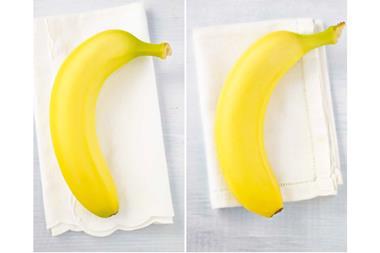
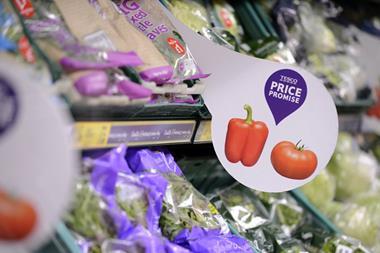
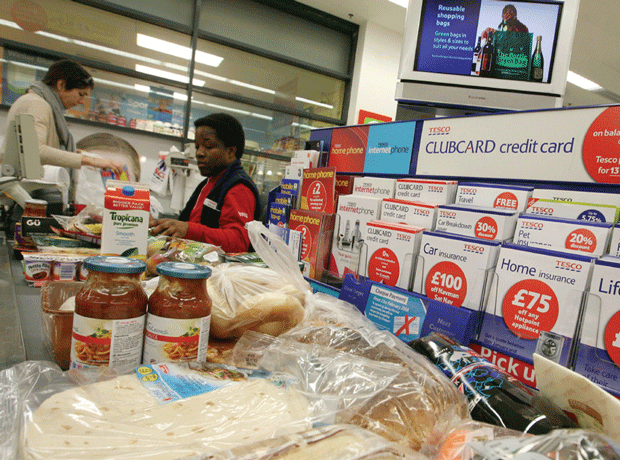
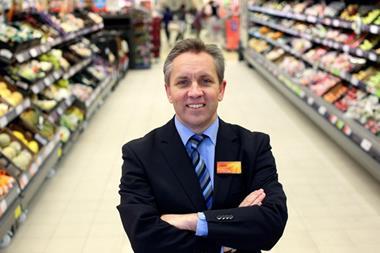


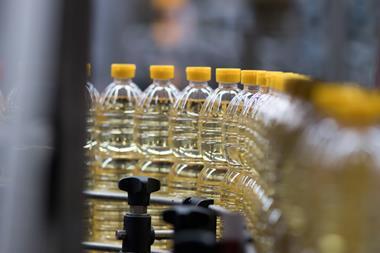
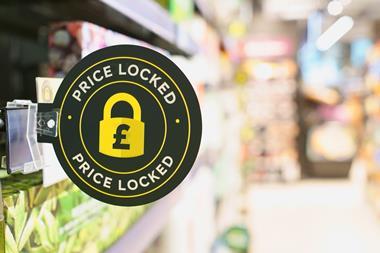

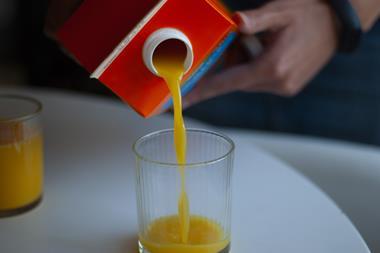
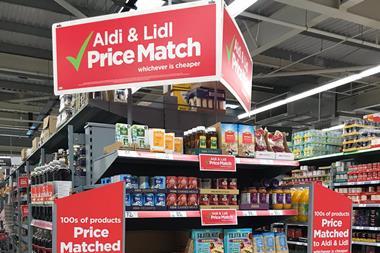
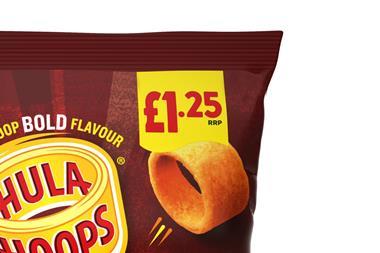
No comments yet